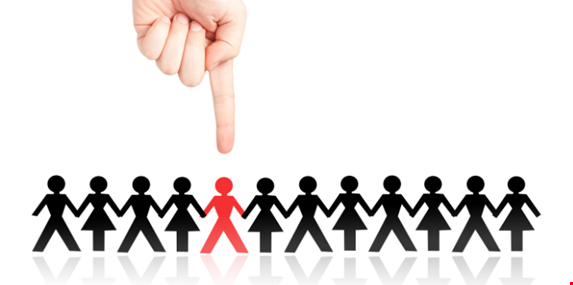92% of Filipino youth go to public schools. The situation of our public schools is the situation of 92% of our future. Most of them are educated in cramped classrooms with no room to move or no chairs to sit in, or no rooms at all. They don’t mind walking 10kms every day to go to school. Growing up in the city, I truly feel lucky because I don’t have to walk my way to school. I don’t have to swim 200 meters to school every single day. I have a school bus to pick me up, go to our air-conditioned classroom and sit, listen, and learn. I have complete supplies to supplement my schooling. I have complete set of books to read. But having things as simple as pencils, paper, notebooks, clean classrooms – all of these are not simple for the 92%. Having the passion to teach (just as I experienced 4 years ago as I taught in DLSU for 1 trimester), I felt privileged by having the opportunity to make a difference to the public school students through the Cornerstone program.
Cornerstone is one of the education programs of Couples for Christ and CFC ANCOP-Tekton Foundation. Cornerstone mainly focuses on tutoring school children in the public schools in reading and writing, as well as giving Values Formation classes to the parents of these children. Cornerstone volunteers teaches different public school students different levels. And our group was fortunate to be a part of the program and teach Financial Literacy to the top 30 of the grade 9 – 10 batch of Muntinupa National High School. We focused on financial literacy because of two reasons: (1) it’s important to instill the behavior of saving as early as possible to be able to properly discipline themselves as they move on and (2) our group as some knowledge regarding financial literacy that we are willing to share to the students.
I was part of the program committee – designing the outline of the tutorial sessions and the execution of the tutorial itself. Since we only focused on the basics of financial literacy e.g. the importance of saving and tips on how to cut expense, we focused more on examples that they are able to relate with. One example is when I asked them what they will do with Php5,000. I was expecting answers like “buy a cellphone” or “buy shoes or dress”. But it surprised me when most of them answered “iipunin ko po”, “itatabi ko for emergency purposes”, “ibibigay ko sa nanay ko”. When I was 14 years old, all I could ever think of is to have the latest gadget. And it makes me happy that their mindset is the total opposite of mine 10 years ago. I also noticed how attentive they were as we give our lecture. They were taking down notes – even the simplest form of equations like “income – savings = expenses”. It just shows how committed they are to be successful and ultimately help their family rise from poverty.
While our immersion with Cornerstone is short, I know that our program has made an interminable effect to the 30+ students we taught. I definitely feel fulfilled after the program as I know my small part impacted the way they think financially.










